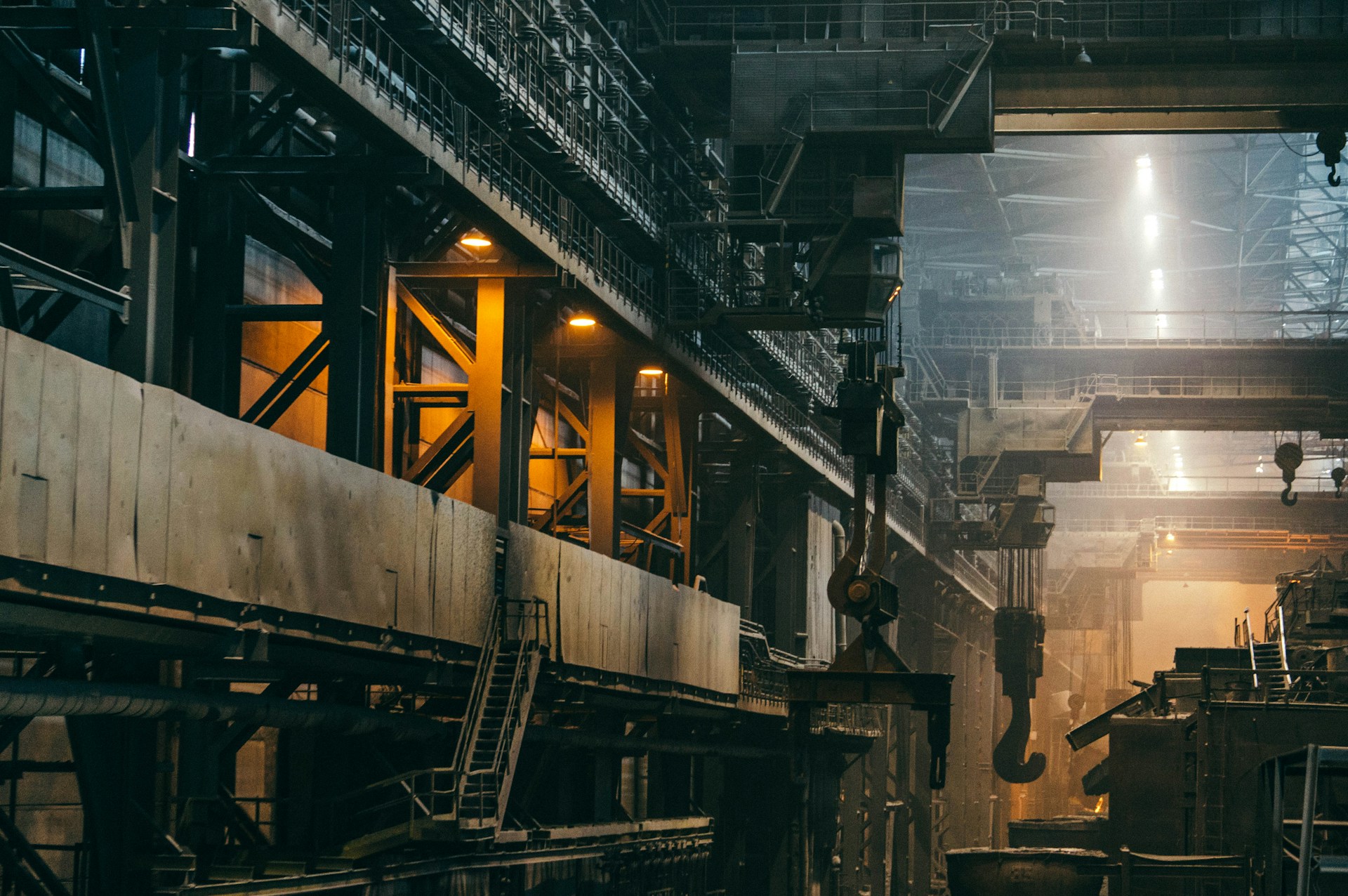Introduction
The Fourth Industrial Revolution (4IR) represents a seismic shift in human progress, where digital, physical, and biological systems converge. Coined by Klaus Schwab, founder of the World Economic Forum, the 4IR is reshaping economies, industries, and societies worldwide.
The 4IR Landscape
- Technological Convergence:
- AI, IoT, robotics, and other cutting-edge technologies merge seamlessly.
- Smart factories, connected devices, and data-driven decision-making become commonplace.
- Key Technologies:
- Artificial Intelligence (AI): Algorithms learn, adapt, and make decisions.
- Internet of Things (IoT): Interconnected devices communicate and share data.
- Robotics: Automation and precision redefine manufacturing and services.
- Blockchain: Secure, transparent transactions.
- Quantum Computing: Unprecedented computational power.
- Biotechnology: Advances in healthcare and agriculture.
- AR/VR: Enhanced experiences and training.
Challenges
- Technological Unemployment:
- Automation threatens jobs, necessitating reskilling and upskilling.
- Balancing efficiency gains with workforce stability.
- Ethical Dilemmas:
- Privacy, bias, and accountability in AI systems.
- Ensuring technology benefits all, not just a privileged few.
- Inequality:
- Access to 4IR technologies varies globally.
- Bridging the digital divide is crucial.
Opportunities
- Innovation:
- Medical breakthroughs, sustainable energy solutions, and personalized medicine.
- Creative problem-solving through AI and data analytics.
- Efficiency and Sustainability:
- Smart cities, optimized supply chains, and reduced waste.
- Environmental monitoring and conservation.
- Global Collaboration:
- Collective intelligence to address complex challenges.
- Collaborative policies and regulations.
Cybersecurity Challenges in the 4IR
The rapid adoption of digital technologies and the convergence of cyber-physical systems in the 4IR create new operational challenges, particularly in the realm of cybersecurity. Here are some key points:
- Complexity and Connectivity:
- Smart factories, IoT devices, and interconnected systems increase the attack surface.
- Managing security across diverse technologies becomes intricate.
- Threat Landscape:
- Cyberattacks are more sophisticated and frequent.
- Ransomware, data breaches, and supply chain attacks pose significant risks.
- Legacy Systems:
- Existing infrastructure may not be designed with security in mind.
- Integrating legacy systems with modern technologies requires careful planning.
- Human Factor:
- Insider threats, social engineering, and inadequate cybersecurity awareness.
- Employees must be educated and vigilant.
- Regulatory Compliance:
- Stricter data protection laws and industry-specific regulations.
- Organizations must navigate compliance requirements.
Conclusion
The 4IR demands a human-centered approach. As we navigate this transformative era, let us prioritize inclusivity, ethics, and sustainable progress. Together, we can harness the potential of the Fourth Industrial Revolution for the benefit of all.
Check out more articles!









One response to “Industrial Revolution: Transforming Economies”
[…] change how we work, produce and consume? Several examples across continents show the way we are producing and consuming goods could be improved by relying on globally shared digital resources, such as design, knowledge and […]